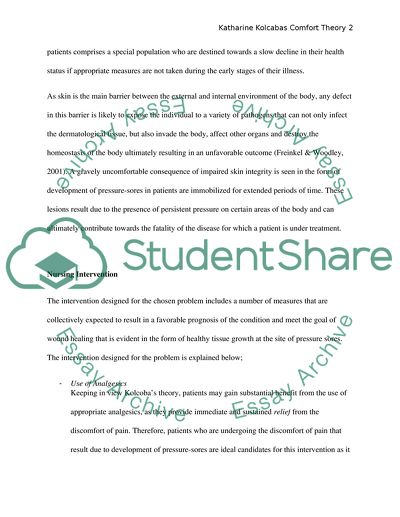Cite this document
(“Define the utility of Katharine Kolcabas Comfort theory for Essay”, n.d.)
Define the utility of Katharine Kolcabas Comfort theory for Essay. Retrieved from https://studentshare.org/nursing/1638554-define-the-utility-of-katharine-kolcabas-comfort-theory-for-application-to-clinical-practice-using-an-actual-clinical-problem-you-observed
Define the utility of Katharine Kolcabas Comfort theory for Essay. Retrieved from https://studentshare.org/nursing/1638554-define-the-utility-of-katharine-kolcabas-comfort-theory-for-application-to-clinical-practice-using-an-actual-clinical-problem-you-observed
(Define the Utility of Katharine Kolcabas Comfort Theory for Essay)
Define the Utility of Katharine Kolcabas Comfort Theory for Essay. https://studentshare.org/nursing/1638554-define-the-utility-of-katharine-kolcabas-comfort-theory-for-application-to-clinical-practice-using-an-actual-clinical-problem-you-observed.
Define the Utility of Katharine Kolcabas Comfort Theory for Essay. https://studentshare.org/nursing/1638554-define-the-utility-of-katharine-kolcabas-comfort-theory-for-application-to-clinical-practice-using-an-actual-clinical-problem-you-observed.
“Define the Utility of Katharine Kolcabas Comfort Theory for Essay”, n.d. https://studentshare.org/nursing/1638554-define-the-utility-of-katharine-kolcabas-comfort-theory-for-application-to-clinical-practice-using-an-actual-clinical-problem-you-observed.


